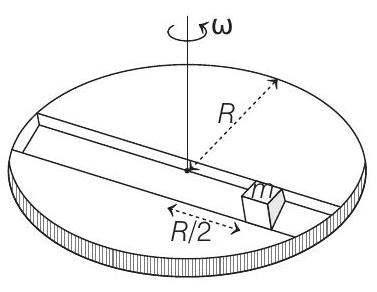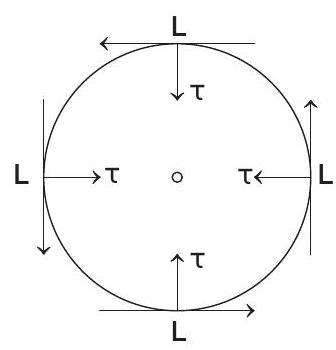Rotation 2 Question 15
15. The torque
(a)
(b) the component of
(c) the magnitude of
(d)
Passage Based Questions
Passage 1
A frame of the reference that is accelerated with respect to an inertial frame of reference is called a non-inertial frame of reference. A coordinate system fixed on a circular disc rotating about a fixed axis with a constant angular velocity
 an example of a non-inertial frame of reference. The relationship between the force
an example of a non-inertial frame of reference. The relationship between the force
(2016 Adv.)
Show Answer
Answer:
Correct Answer: 15.
Solution:
- (a)
i.e.
This relation implies that
(c) Here,
Differentiating w.r.t. time, we get
But since,
Therefore, from Eq. (i)
or magnitude of
(b) So far we are confirm about two points

(i)
(ii)
This can be written as
If
Here,
Then
So, that
Now,
Thus, we can say that component of
Finally, we conclude that






